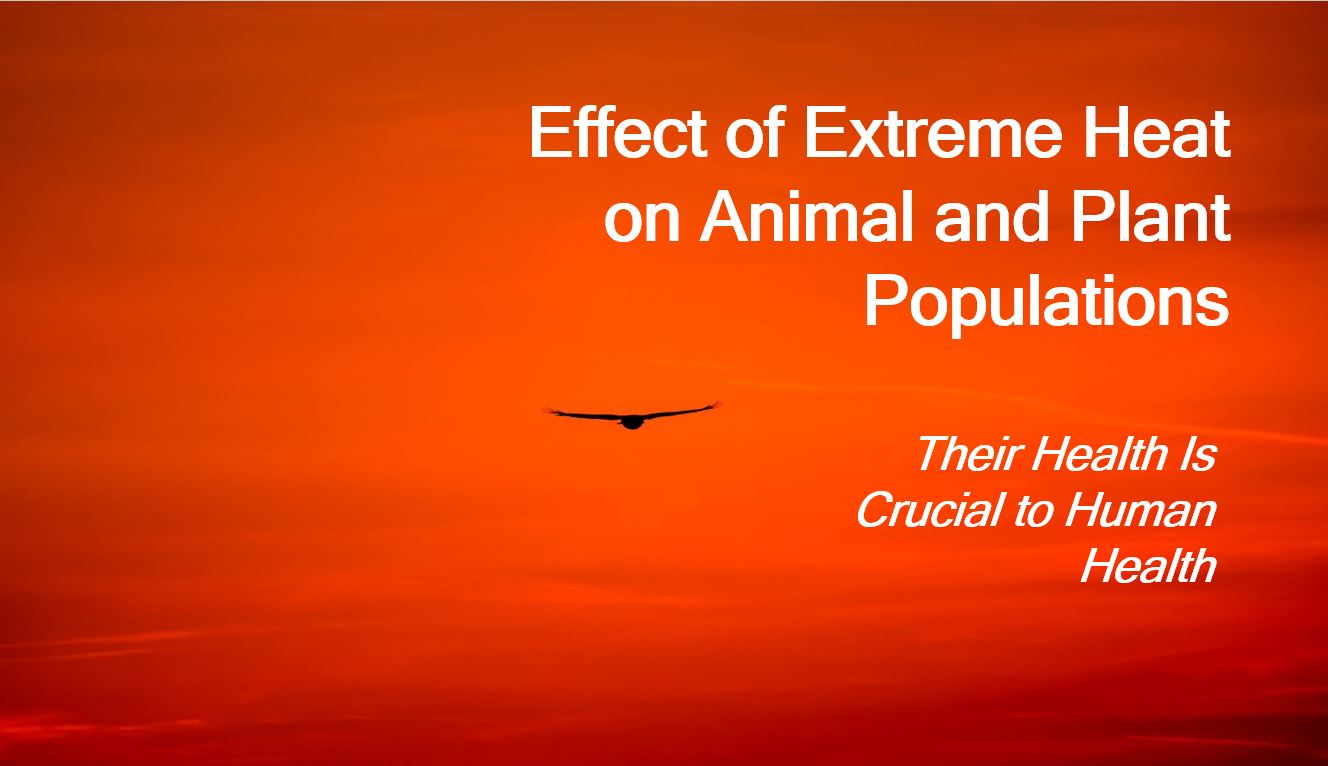A Personal Essay
By Gary Selnow; Edited by Elizabeth Fine
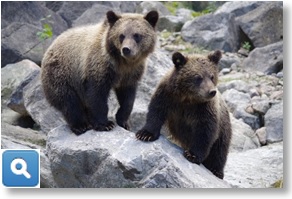 While we are appropriately concerned about the impact of record-breaking temperatures on people, too often we ignore the extensive casualties of heat on the world’s animal and plant populations. And yet our existence depends strongly on their existence, and by ignoring their distress, we damage our own ability to survive in a rapidly overheating world. We must make them part of our conversations about heat intensification for their sake and for our own.
While we are appropriately concerned about the impact of record-breaking temperatures on people, too often we ignore the extensive casualties of heat on the world’s animal and plant populations. And yet our existence depends strongly on their existence, and by ignoring their distress, we damage our own ability to survive in a rapidly overheating world. We must make them part of our conversations about heat intensification for their sake and for our own.
Consider these effects of heat on animal populations globally:
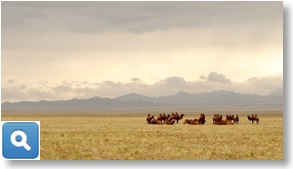 Heat stress and death. Animals that are not adapted to hot weather can easily succumb to heat stress, which can lead to death. This is especially true for young animals, old animals and animals with underlying health conditions — just like humans.
Heat stress and death. Animals that are not adapted to hot weather can easily succumb to heat stress, which can lead to death. This is especially true for young animals, old animals and animals with underlying health conditions — just like humans.- Dehydration. Animals that lose too much water through sweating or panting can become dehydrated, which can lead to many health problems — just like humans.
- Disruption of food sources. Excessive heat can kill plants and animals, making it difficult for surviving animals to find food. This can lead to malnutrition and starvation. This is happening today for human populations in many locations where people must leave in order to survive.
- Increased predation. Animals that are weakened by heat stress or dehydration are more likely to be preyed upon by predators. This can upset delicate population balances.
- Disease. Hot weather can create ideal conditions for the spread of diseases, such as heatstroke, mosquito-borne illnesses and poisoning caused by salmonella and E. coli bacteria. We already see this in humans as well.
Consider the impact of the heat wave on plant populations:
- Heat stress and death. Plants that are not adapted to hot weather can easily succumb to heat stress, which can lead to death.
- Drought. Hot weather can dry up soil, making it difficult for plants to get the water they need. This can lead to drought, which can kill plants.
- Disease. Hot weather can create ideal conditions for the spread of plant diseases, such as powdery mildew and rust.
 Heat waves already are devastating animal and plant populations around the world. As the climate continues to overheat, these effects will get worse. Even those who believe that climate change is real and see the impact of a warming planet on humans often miss the devastation of heat on animal and plant populations. WiRED International believes it’s important to recognize that climate change imperils all living things on earth and not just humans. That view must strengthen arguments for doing much more to remedy climate change.
Heat waves already are devastating animal and plant populations around the world. As the climate continues to overheat, these effects will get worse. Even those who believe that climate change is real and see the impact of a warming planet on humans often miss the devastation of heat on animal and plant populations. WiRED International believes it’s important to recognize that climate change imperils all living things on earth and not just humans. That view must strengthen arguments for doing much more to remedy climate change.
Note: WiRED International recently launched a new module called First Aid for Heat-Related Illnesses module. This course describes human illnesses related to extreme heat, their signs and symptoms, danger levels, causes, first aid measures, and prevention (based on World Health Organization guidelines). Read the full story of the module launch here.
The Importance of a One Health Perspective
in a Changing Environment
In 2017 the Medical Journal of Southern California Clinicians (MJSCC) published an article on One Health entitled, “The Importance of a One Health Perspective in a Changing Environment.”
 The MJSCC article is co-authored by WiRED International Director Gary Selnow, Ph.D.; Western University professor and WiRED board member, Miriam Othman, M.D., M.P.H.; and Western University professor, Malika Kachani, Ph.D., D.V.M. The authors cover the history of human and animal health, the logic of One Health thinking, zoonotic diseases and the role of healthcare professionals in the One Health program.
The MJSCC article is co-authored by WiRED International Director Gary Selnow, Ph.D.; Western University professor and WiRED board member, Miriam Othman, M.D., M.P.H.; and Western University professor, Malika Kachani, Ph.D., D.V.M. The authors cover the history of human and animal health, the logic of One Health thinking, zoonotic diseases and the role of healthcare professionals in the One Health program.
The authors conclude: “It is becoming ever more evident that we cannot think about human health in isolation. . . . At the end of the day, it may fall to medical and veterinary practitioners, who see impacts on the ground, to be certain the One Health view is represented in critical policy discussions at the local, regional and global levels.”
Photos of Wildlife
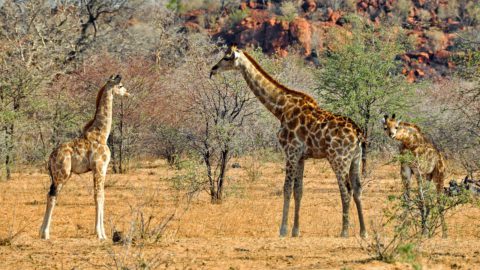

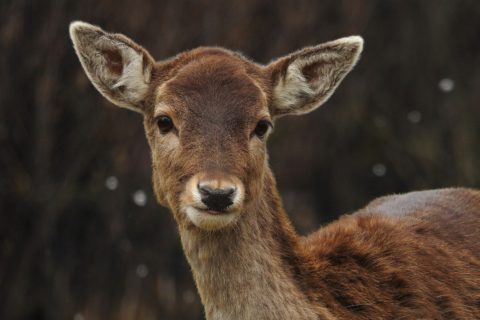


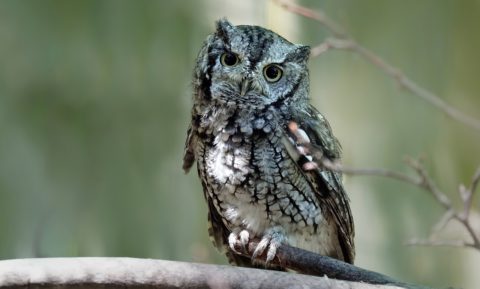
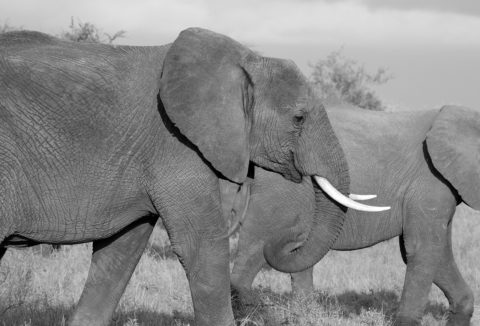
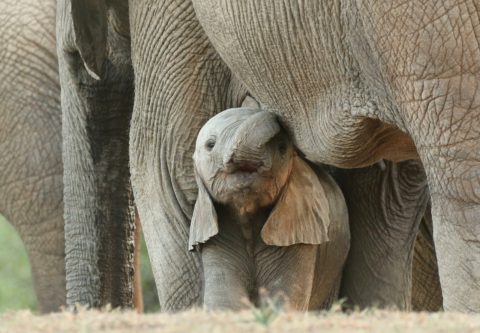


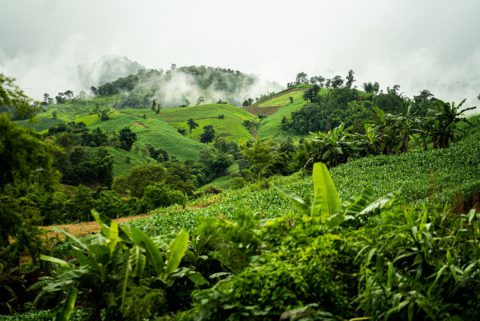
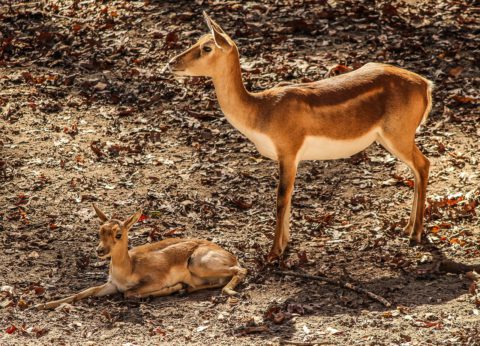

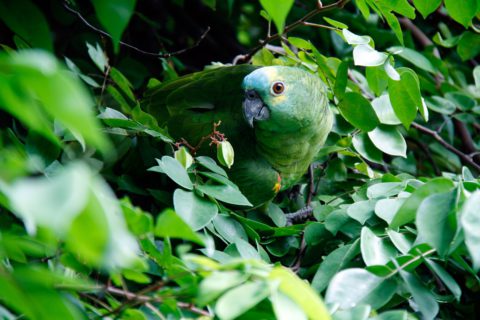
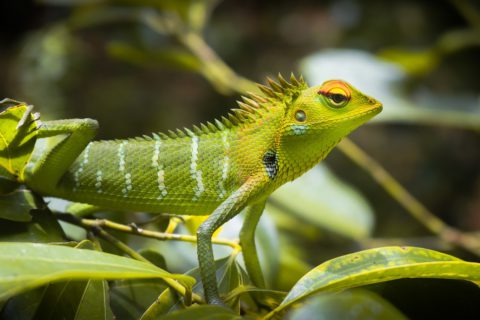
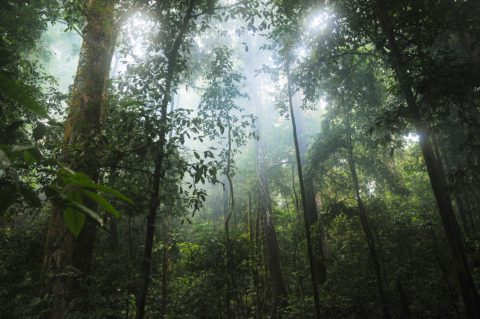
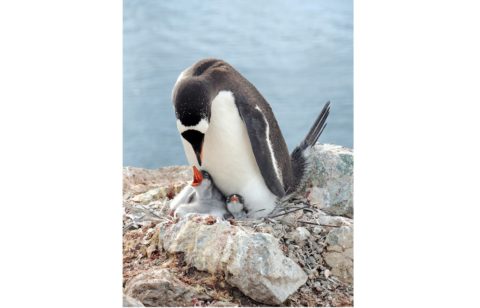


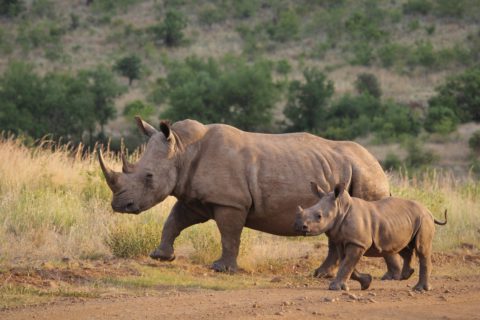
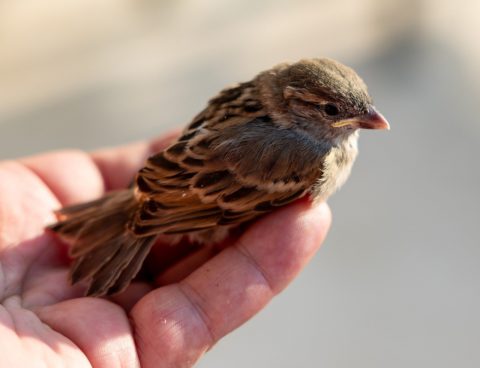
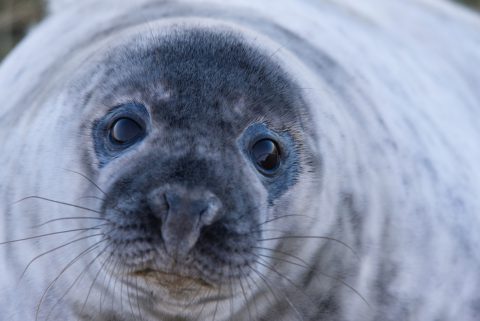

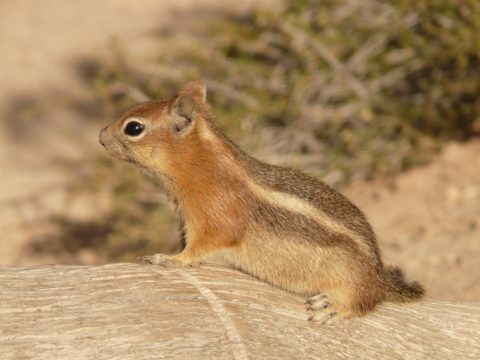

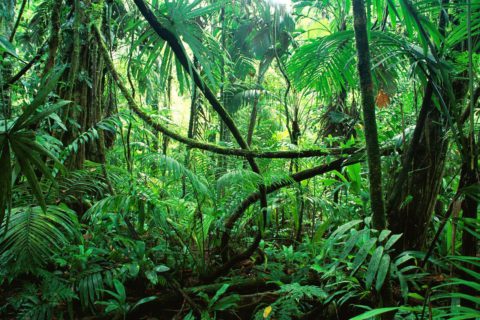
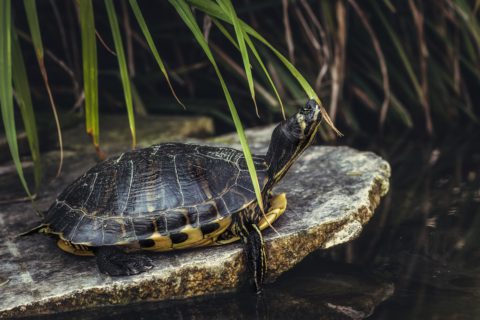
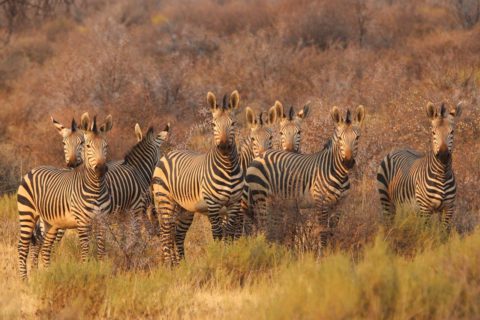
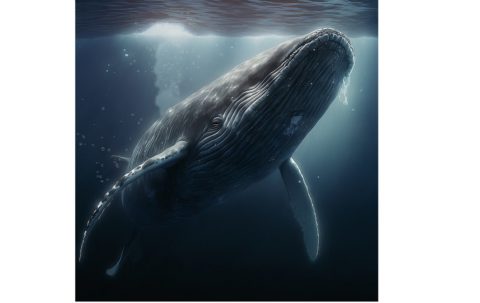
Thanks to Pixabay for the use of its Creative Commons photos.

